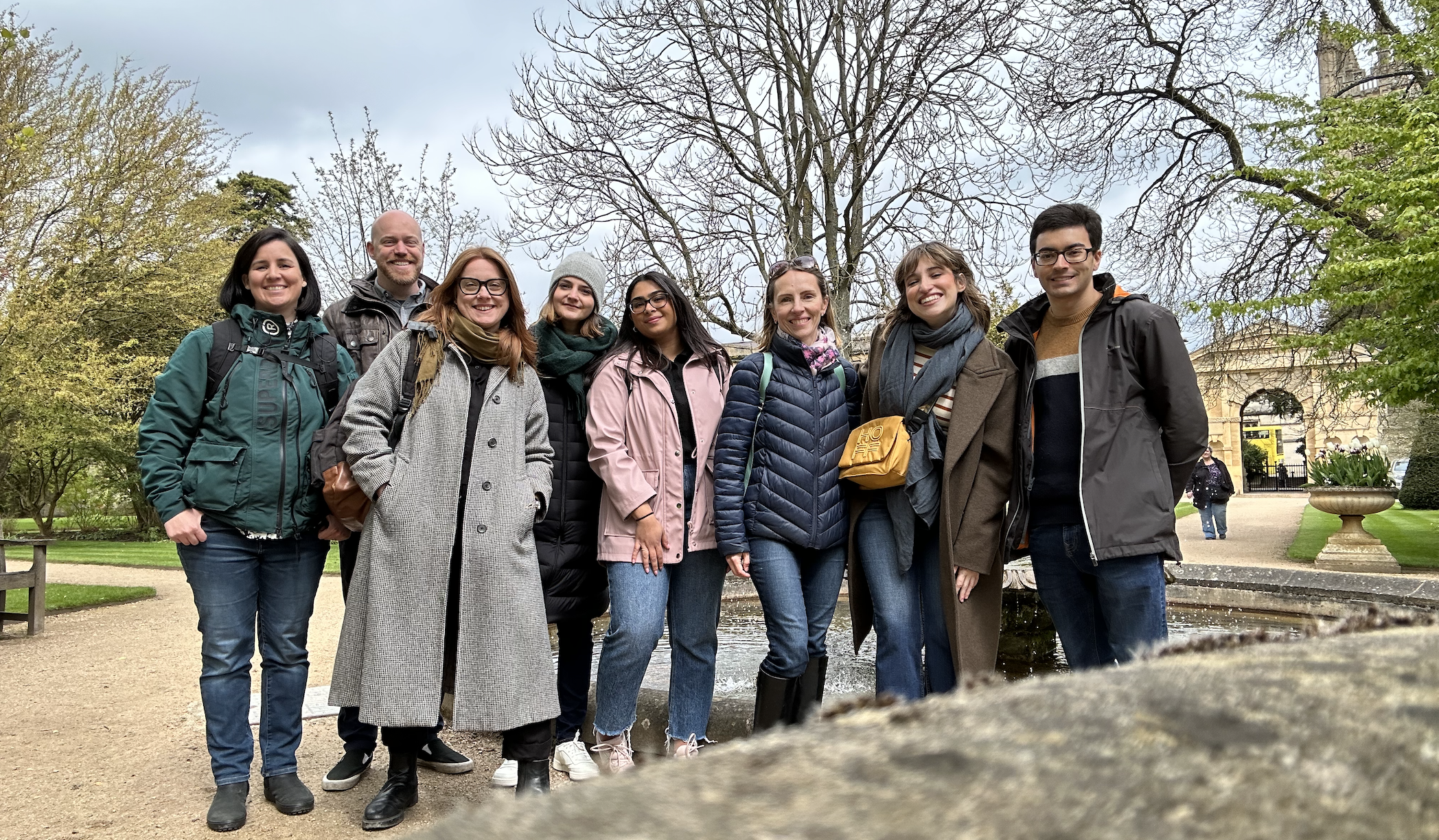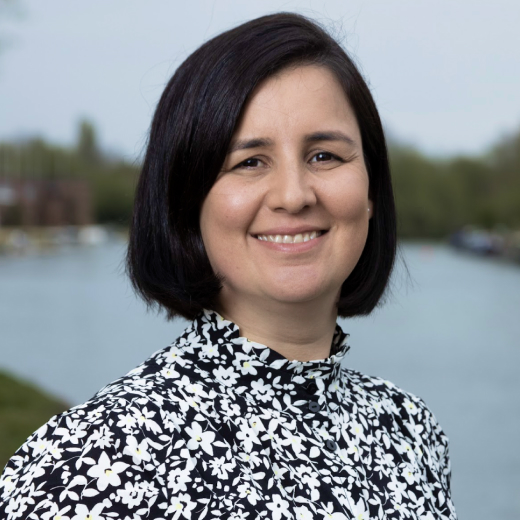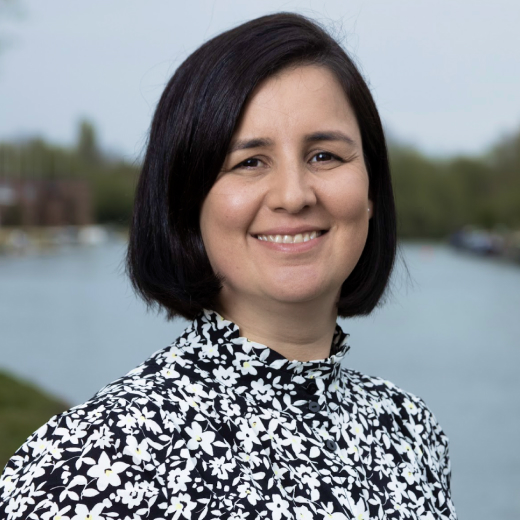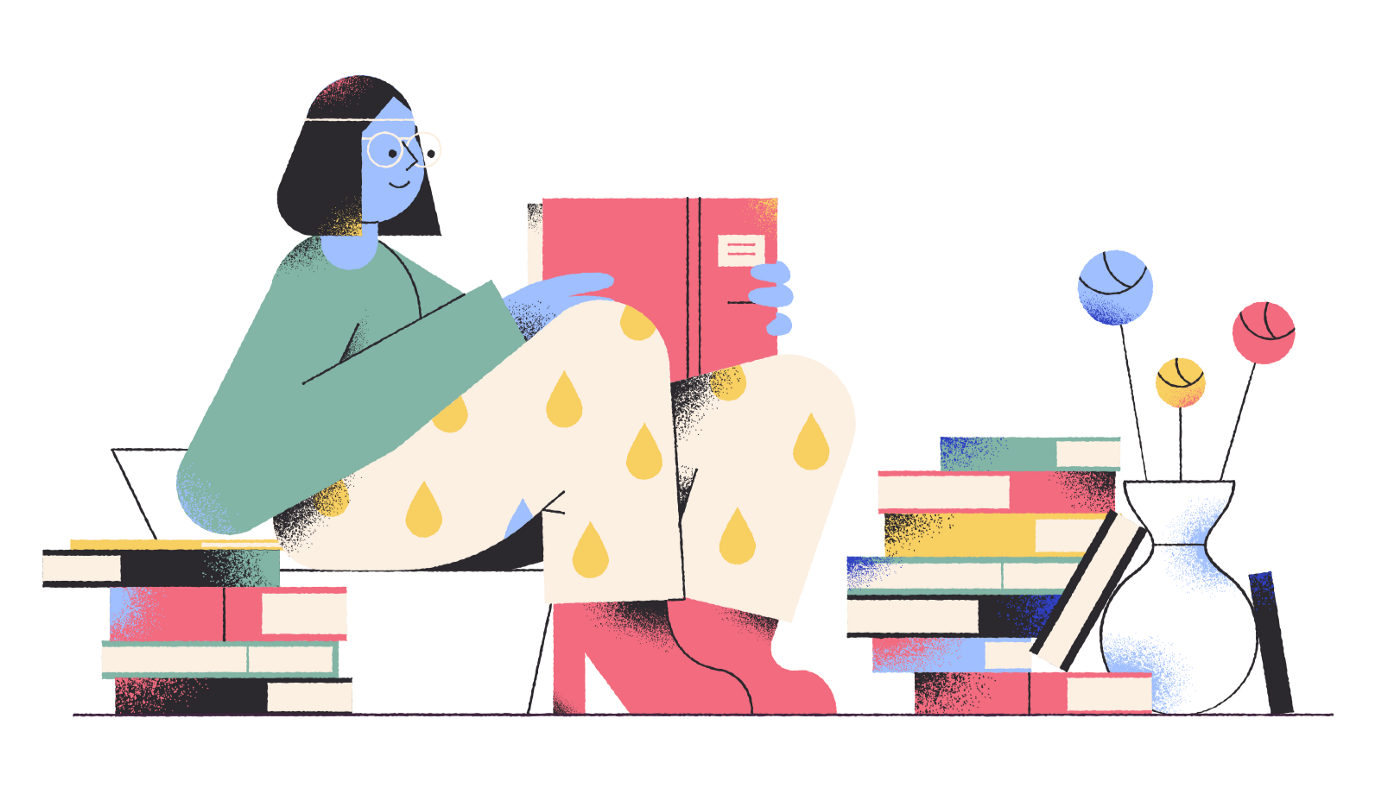Working with product teams hiring UX designers or growing a UX team, we hear the challenges faced in various industries - from healthcare, publishing, education and government bodies to hi-tech organisations working with AI and other emerging technologies.
One of the biggest challenges faced by all of them is finding the right person with the right skill set and the right level of experience. From startups to well-established companies, the pain of hiring a designer or a team is the same.
On our mission to increase UX maturity within organisations so that they can deliver great user-centred digital products, we often work with our clients in upskilling their design and UX teams in the shape of training and coaching. Sometimes, we also get involved in helping hire the right talent for their team.
So, what can you do to hire the best UX designers? And could using the services of an external supplier (design agency) be a better option than increasing your internal headcount?
UX skills are in high demand, and hiring design talent to improve your product development can be a bit of a minefield. But there are ways to make it easier - and more effective - if you go about it the right way.
In this article, we’re going to look at:
Hiring the right design skills at the right time
Demystifying designer skill sets
The importance of relevant experience
Balancing technical strengths and soft skills
Assessing timescales
Hiring in-house vs. outsourcing
How Fruto can help
Hiring the right design skills at the right time
Everyone can say they “do UX design”, but if you don’t understand the nuanced skill sets that UX Design entails, you might end up with the wrong hire.
Different designers have different strengths - both within the remit of design (for example strengths in strategy, research or UI design) and across soft skills (for example communication, creativity and workshop facilitation).
So, when hiring, it’s important to look for complementary skill sets across your entire team.
Most of the time, it would be ineffective to build a team that shares exactly the same skill sets. Plus, a more diverse team is a stronger team, one that can help each other to grow and create better work.
For example, my personal strengths are in UX strategy, so when I set up Fruto, my first employee was stronger in UI design. We’ve since grown the team by adding more talented design professionals with complementary skills and are currently a core team of 8 with design strengths in UX strategy, User Research, Service Design, UI Design and Branding, even though we’re all called “UX Designers”.

When it comes to growing the design capabilities in your organisation, the easiest way to understand what the best approach might be is to take a look at your product roadmap and ask yourself these questions:
What phase is this product in? Is it an early stage, in the concept phase, or is the product mature?
Are we creating a new value proposition or do we need to make improvements to the existing product?
Do we have evidence of what the UX problems are or do we need research to find out?
How confident are we on the UX priorities, i.e. the improvements and areas that will make the biggest value to users and return on investment?
Your answers will give you a starting point to consider which design skills you need to add to the team.
For example, you might need a professional experienced in UX Strategy to help you plan the UX activities that will make the biggest impact, or you might need someone stronger in the research area or user interface design.
Then you will need to think about when you need them, how long for, and what the best method of recruiting them is.
Not only do you need to understand the difference between UX and UI Designers in general, but you also need to understand how they are likely to identify themselves, job title-wise.
So, let’s break things down and explore the differences between roles before looking at the options of exactly how to find the right people (skills and experience) to scale your product team effectively.
Demystifying designer skill sets
What UX and UI designers actually “do” is one of, if not the, biggest misconceptions people have about designers.
UX vs UI designer: What’s the difference?
Generally speaking, the difference between UX and UI designers relates to what stage of the design process they are involved with:
User Experience (UX) professionals are concerned with researching user needs and applying the insights into a coherent end-to-end journey and experience to ensure products are as user-friendly as possible
User Interface (UI) Designers use the information provided by their UX counterparts to create the graphical and interactive interfaces needed to manifest the design.
But there are so many different skills (and roles) that fall under that of UX or UI Designer that even if you know which of the two “types” of designer you need, there’s still the issue of understanding exactly what the specific capabilities of that designer are.
For example, although someone might present themselves as a “UX Designer”, their skills may be limited to creating wireframes and graphical elements.
Likewise, there’s no point in hiring someone stronger in if their day-to-day activities will be focused on UI activities.
If they don’t know how to do Information Architecture (IA), accessibility, and effective interface layouts, they are unlikely to be effective at their role and may instead try to spend their time engaging in activities that they are stronger in but which the business doesn’t see value in.
The importance of relevant experience
When looking for a UX designer, it’s important that they have demonstrated experience in relevant and similar projects that you need them to work on.
UX is a fast-growing space, so many people say they “know” it and can talk about it (having read around the topic online) without having the practical skills or experience to back it up.
If they lack the skills they might be able to talk the talk, but they often lack the nuances of design practice which means they are unable to effectively walk the walk.
This is also true of design agencies: many full-service development or design agencies that say they “do UX design” only really scratch the surface. You need to look at what the overall strengths of the agency are in order to understand their capabilities.
What you need to consider is that even if someone - be that an individual or an agency - is experienced, are they experienced in the type of project you need them for?
Digital design ranges from simple 1-page brochure websites to highly complex platforms. Complex in terms of interactions, user groups, stakeholders, technical constraints and regulatory or accessibility requirements.
For example, here at Fruto, our focus is on highly complex digital systems: From e-learning assessment tools used by teachers and students in most UK schools to medical imaging software used by doctors at the NHS, and a contract management system for the HS2.
Junior vs senior designers
Experienced UX designers know the right questions to ask, can conduct UX workshops to get stakeholder alignment and, most importantly, analyse the findings with methodology and clarity. They know what approaches to take and how to find the information they need to fill the gaps in their understanding (of the users and their problems).
Likewise, you might have someone who is still relatively ‘junior’ in terms of their years of experience, but given the opportunity and good mentoring from senior UX Designers, they might achieve a lot for what you need.
Balancing technical strengths and soft skills
If you’re unsure where to start, considering what blend of technical and soft skills you need can help.
Ask yourself whether you need:
Someone to help set up the UX direction/strategy, understand users in-depth, inform the product roadmap, engage with stakeholders, etc.; and/or
Someone stronger doing the hands-on wireframing, prototyping and testing and/or
Someone who can help with the branding or visual elements of the interface
Note that some great UX designers can do all of the above, but the level of depth, experience and motivation will vary greatly between designers.
Example strengths across the design process
In the initial discovery phase, there may be a need to set the direction of the design and conduct user research (interviews, card sorting exercises, surveys, etc.) to inform decision-making and engage with stakeholders.
A designer who expects to be doing UI design may not be strong in stakeholder engagement.
The next step may be to prototype, create clickable prototypes, then graphical elements, a branding strategy workshop, the actual interface design (which may include a pattern library and design system), etc.
This part of the process needs to have strong UI design skills
So, it’s often a case of getting the right people (not person) for the project.
If you’ve identified the need for a UI designer, their personal portfolio is the best indicator of their (visual) design skills, but it will often tell you nothing about their soft skills.
On the other hand, when hiring a UX professional, case studies are often the best indicator of their capabilities as they (should) illustrate their strategies and outcomes, providing complex examples of projects and how they tackled design challenges.
What questions did they ask? What problems did they solve (and how)? What did they try to learn? Good UX designers will tell you this information before you even ask. (And remember: UX isn’t UX if there’s no User research!)
Once you’ve figured out what skills you need, you need to get clear on when you (start to) need them and how long you’re likely to need them for.
Assessing timescales
This one should be relatively easy to answer: Do you need them right away, or not until further down the line? Is it for a short or medium-term project or something longer-term/ongoing?
Depending on the skills you’ve identified, you may have an immediate but short-term need for someone to provide expertise and support to deliver a particular project sprint or product feature.
On the other hand, if you’ve identified that you’ve got a general skills gap/capacity issue and/or need to start building your (internal) UX maturity level to meet your longer-term objectives, you might be better off looking for a longer-term solution.
This brings us to the final consideration: How should you recruit that particular person/skill set?
Hiring in-house vs outsourcing
Now you’ve answered the questions of what you want (a UX Designer!) and when you want them (Now!), you’re left with one final question: How..?
The default solution is usually to look at adding a new in-house designer, especially if you have a clear, ongoing need for skills that fall outside your current team’s capabilities, strengths and experience.
But going down this route will usually mean increased overheads and a delay in when you start to reap the benefits of their addition to the team as a result of having to wait for them to work notice at their current employer and going through your own onboarding and induction processes.
Similarly, if you’ve identified that you need a mix of skills at varying intervals - and levels of experience - there is a strong business case for hiring a UX design agency that can flex to provide the right skills at the right time without you needing to do the hard work of identifying and sourcing particular skill sets.
Educational publishers Taylor & Francis are an excellent example of how this approach can be used to great effect.
Benefits of working with a UX design agency
The advantages to hiring a UX design agency are numerous, not least that you can hire whatever unique set of skills you need for whatever time period you need, and often much faster than you’d be able to find a suitable candidate to hire in-house.
Agency hires will also come equipped with their own specialist equipment, familiarity with your preferred design (and project management) tools, and a fresh set of eyes and new perspectives to help you tackle your design challenges. All of which can be particularly useful if you have a low level of internal UX maturity.
In short:
The in-house employee route is likely to be best if you need additional capability/new design skills for an extended/ongoing period of time (and you have the time and resources to properly find and onboard them)
Outsourcing to a design agency is a great way to utilise specialist skills on a project-by-project basis flexibly - and allows you to fill discrete knowledge gaps at short notice
Just as it is with understanding individuals’ design experience (discussed in the first section), the way an agency asks you to define a problem helps you to understand where their strengths may lie:
If they ask lots of questions about your objectives/users (and have lots of follow-up questions), you can get a sense of how much depth they are likely to go into - and that they can help with the UX side of things
If they mainly ask questions about branding/colours/pages etc, they are likely much more UI-focused.
As mentioned earlier, here at Fruto, we’ve cultivated a highly-skilled team of designers, who each individually possess great soft skills and collectively can do everything across the UX/UI design spectrum.
Although we’re all technically capable of doing the whole design process, we each have different strengths and strings to our bow. These “T-shape” skill sets enable us to supply the right person for the right project, which may mean that although they possess a certain skill, they aren’t necessarily “senior” designers.
Need help building your teams’ design capabilities?
UX design is highly under-resourced in most organisations due to the increase in value of user-centricity, and hiring when there is little or no existing design leadership in the organisation is tricky.
Ultimately, your hiring needs will depend on how you currently work, what you need to achieve (and when), and where you want your processes to go in the future.
This article will hopefully have made it easier for you to understand what your particular hiring needs are and what the best approach to resourcing them is likely to be.
If you think you’ve got a scenario where bringing in specialist UX design support seems like a good option, we’d love to discuss some options around providing and embedding additional UX/UI design capability alongside your in-house team.
Alternatively, if you’re still unsure or struggling to find suitable candidates to hire internally, we can help with that too. Our extensive networks of tried and tested design professionals make us uniquely placed to help source candidates for your long-term hiring needs. Get in touch to find out more.





